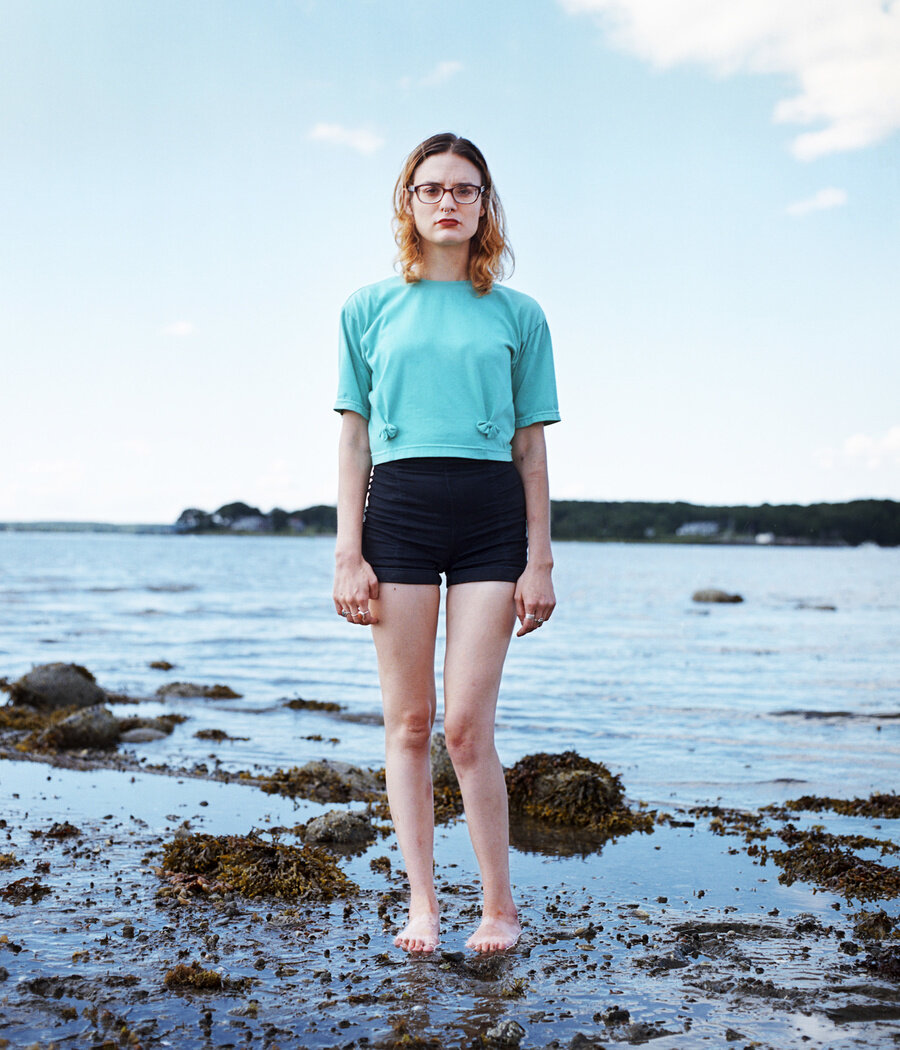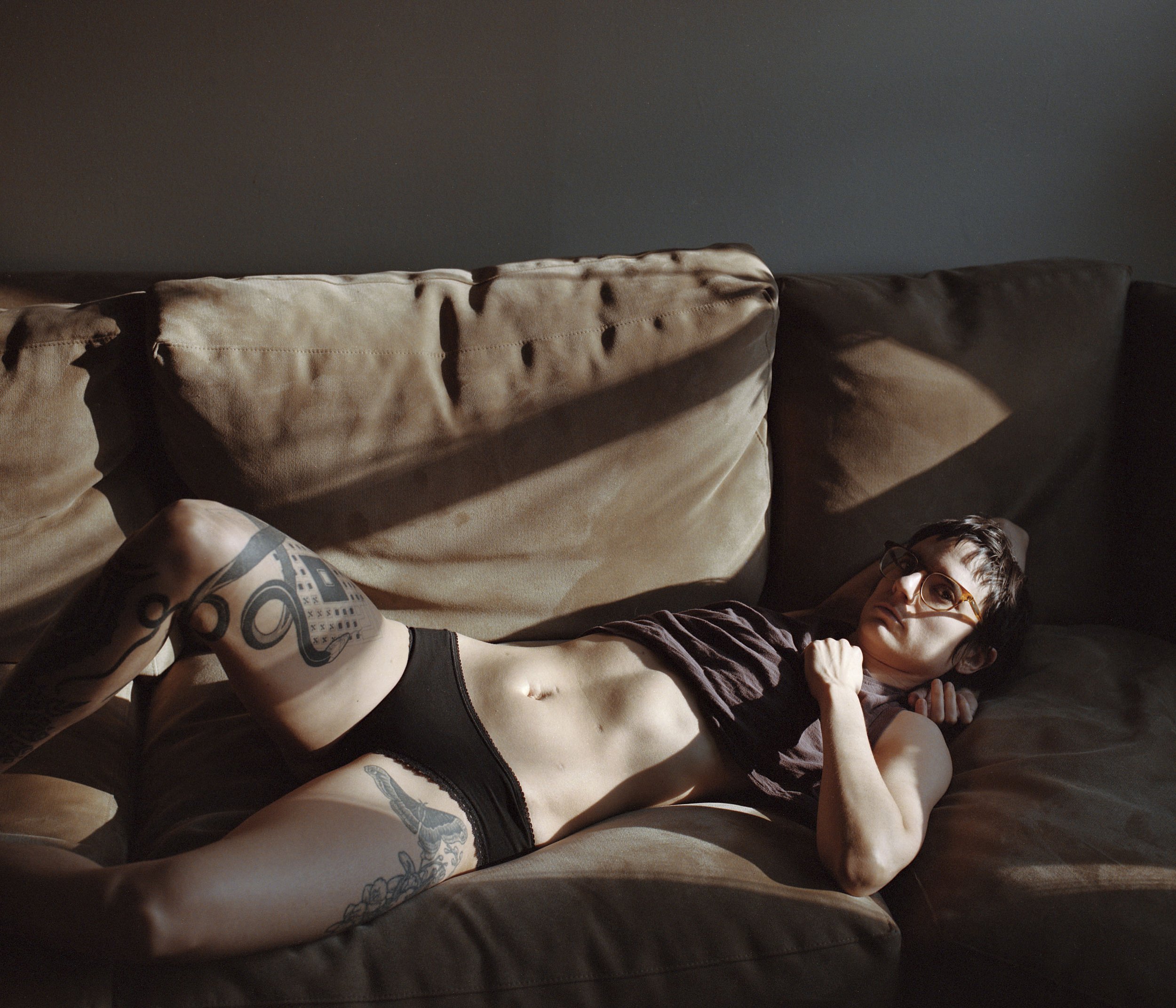before the last lilac blooms

project statement
before the last lilac blooms (formerly called Chasing Light) is an ongoing collaborative film photography project between twin siblings Bianca Sturchio (she/her) and riel Sturchio (they/she). Bianca and riel each identify as non-normative in body and identity, but differently. riel is queer, and someone who lives with chronic illness in the spectrum of disability, and Bianca is queer and disabled.
Bianca and riel utilize photography to provoke and examine the vulnerability they experience from their unique manifestations of queer identity, illness, and disability. Through ambiguously cropped images of the body, visual metaphors, and documented and constructed scenes, they explore and convey challenging and often invisible aspects within the intimate world-building they share, imagine, and create.
Throughout their lives, the otherness of being categorically named “the twins” placed a singular and inseparable identity upon Bianca and riel. riel and Bianca respond to their internalized interconnectedness from being mistaken for one another and use photography to reimagine their separate and connected identities within their shared realities. Bianca and riel show their respective identities through sincere portraits, images of intentional rituals, and the mundanity of everyday life. Images include moments of shared physical touch and objects as stand-ins for the vulnerable body.
When riel and Bianca contextualize their LGBTQ+ identity in relation to their images, they pull from José Esteban Muñoz’s articulation of queerness in Cruising Utopia: The Then and There of Queer Futurity, in which he states:
“We may never touch queerness, but we can feel it as the warm illumination of a horizon imbued with potentiality ... an ideality that can be distilled from the past and used to imagine a future. The future is queerness' domain. Queerness is a structuring and educated mode of desiring that allows us to see the future beyond the quagmire of the present. The here and now is a prison house. We must strive, in the face of the here and now's totalizing rendering of reality, to think and feel a then and there. Some will say that all we have are the pleasures of the moment, but we must never settle for that minimal transport; we must dream and enact new and better pleasures, other ways of being in the world, and ultimately new worlds ... Queerness is essentially about the rejection of a here and now and an insistence on potentiality or concrete possibility for another world.”
riel and Bianca's photographs oscillate between reality and fantasy, creating ‘another world’ by photographing the everyday and constructed scenes. They conceptualize fantasy as memorializing ephemeral moments through the stable image, such as the peeling skin of a tomato or scratch marks from a rash, and assert that fantasy, desire, and self-imaging act as mechanisms for liberation.
Representations of LGBTQ+, nonbinary, chronically ill, disabled, and neurodivergent people are historically excluded from mainstream culture and are often portrayed in ways that reaffirm harmful stereotypes. By reimagining alternative possibilities, riel and Bianca intend to contribute toward countering skewed representations and experiences of individuals who identify within these marginalized groups.
select images

Peeling Tomatoes, 2015

Standing in the Atlantic, 2015

Footprints, 2018

riel in Summer (Austin, TX), 2019

On Couch, One Year After Surgery, 2021